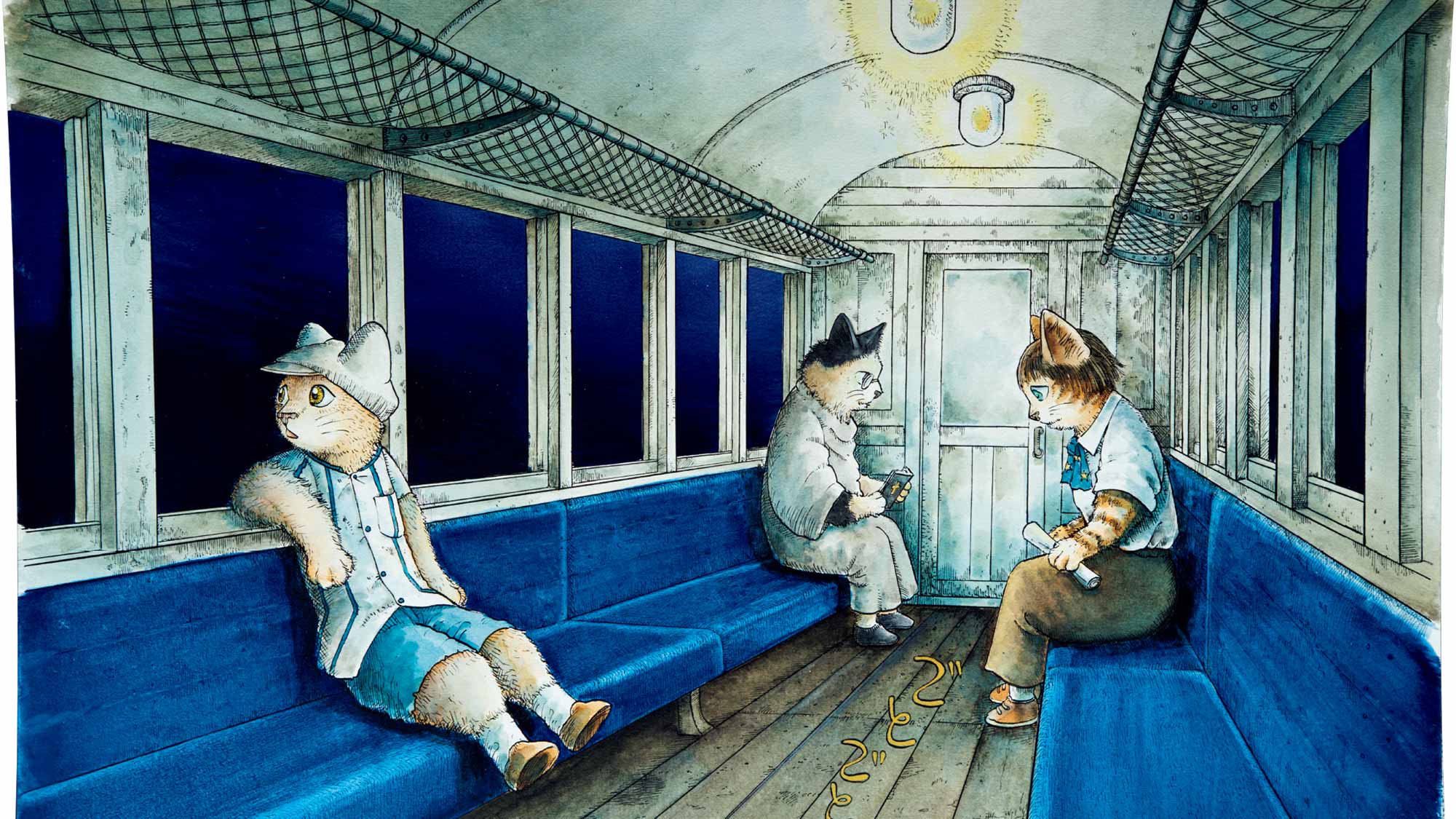Kenji Miyazawa is by far the most well-known writer in Japan. According to the website “Popularity Ranking of Writers,” Miyazawa is ranked 4th in Japan.
However, he is not well known overseas.
No matter how much I searched the Internet, he was not ranked in the rankings of sites that publish “Overseas Recognition Ranking.
Why is there such a discrepancy?
Perhaps it is because his fairy tales are so fanciful, yet indigenous and religious at the same time. The reason why I chose Kenji Miyazawa as the subject of this blog is because I believe that if we can understand Kenji Miyazawa, it will be a big step toward a deeper understanding of the country of Japan. An island nation with its unique four seasons, Buddhism and Shintoism, and struggling with the waves of Westernization. I hope that this blog will serve as a guide to Kenji Miyazawa, a man whom the Japanese people have come to love.
What is Kenji Miyazawa?
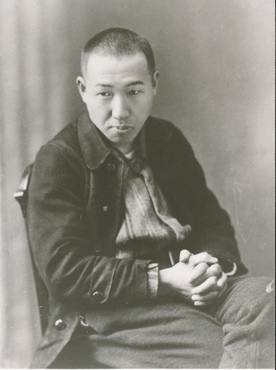
Kenji Miyazawa (August 27, 1896 – September 21, 1933) was a Japanese poet and author of children’s stories. His works are rooted in Buddhist (Lotus Sutra) beliefs and peasant life. He is known for naming the fictional ideal world that appears in his works “Ihatov” after his hometown in Iwate Prefecture. After his death, his works became widely known through the efforts of his friends and others, and his reputation rapidly grew, making him a national artist, and he still has a wide range of admirers in Japan.
- Childhood ~ School Years
Since childhood, he has loved reading and collecting minerals. After entering Morioka Junior High School, he added these hobbies to his literary activities, including composing tanka poems.
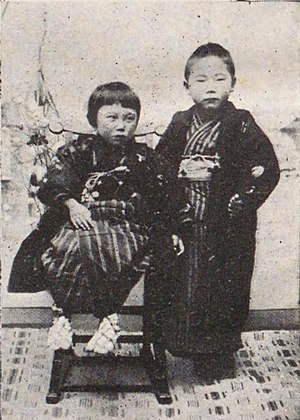
While at Morioka High School of Agriculture and Forestry, he created a magazine called “Azaria” and published his own tanka poems. After graduating from the high school, he studied the components of the land as a research student at what is now Iwate University. At the same time, he also devoted himself to literary activities, with special emphasis on children’s stories.
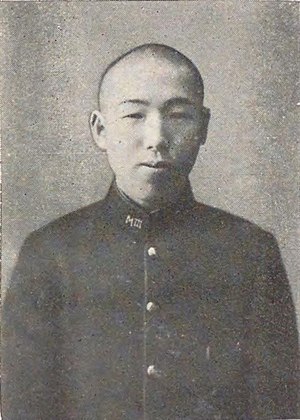
- Adolescence and Death
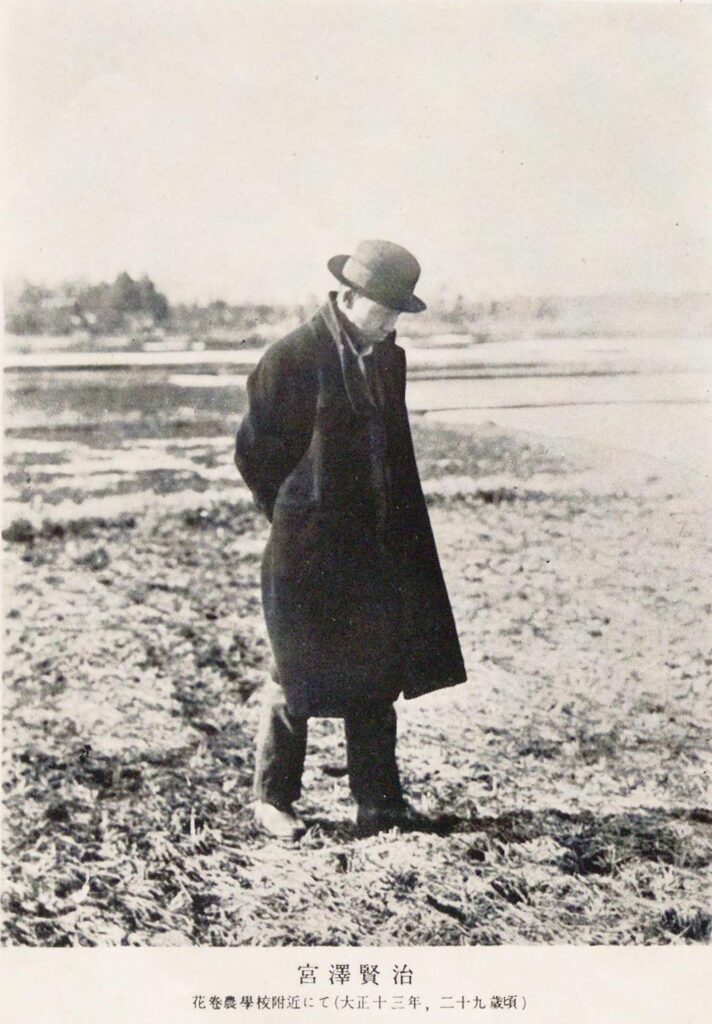
In 1921, he began working as a teacher at an agricultural school, while at the same time publishing a collection of poems, “Spring and Shura” in 1924, and a collection of children’s stories, “The Restaurant of Many Orders” in 1924.
After quitting teaching in 1926, he spent his days doing two jobs: teaching agriculture and literary activities.
However, he had always been physically weak, and in 1928 he contracted pulmonary tuberculosis due to overwork. He recovered for a time, but collapsed again in 1931. It was on his sickbed that he composed his most famous poem, “Ame ni mo makezu. Despite battling the disease, he continued to write, but died of pneumonia in 1933. He was only 37 years old at the time.
Kenji Miyazawa, Religious Man
It is well known that Kenji Miyazawa was a devoted Buddhist, and there are many depictions of this in his works. Since his father was a follower of the Jodo Shinshu sect, he was brought up from an early age in Shinran’s words. Jodo Shinshu is the Buddhism founded by Shinran, and it is one of the largest sects in Japan.
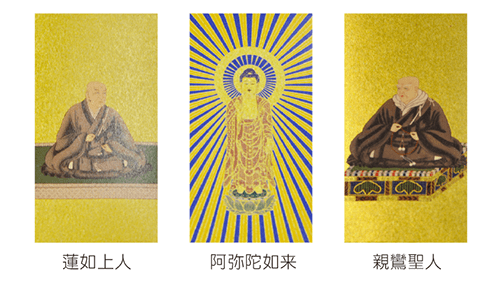
In Jodo Shinshu, it is believed that anyone can go to the Pure Land of Ultimate Bliss after death if they recite the nembutsu, “Namu Amidabutsu. It is also believed that all events in this world are determined by Amida Nyorai, not by the will of the individual. In other words, it is a religion of complete other power original request, a religion that places its hope in the afterlife, no matter how bad things may be in this life. Kenji had doubts about this kind of faith from the beginning.
He thought that his father, who ran a pawnshop, exploited the weak and was taking refuge in Jodo Shinshu to escape his suffering.
He then wondered, “Am I not capable of bringing true happiness to the unfortunate people?”
Such thoughts had gripped Kenji’s mind from an early age and never let go.
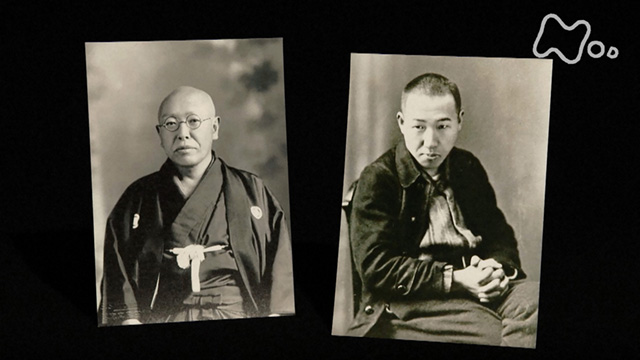
Then, at the age of 18, he encountered another sect, [Nichiren Shu]. Nichiren Shoshu’s scripture, “Ho-Ren-Ka-Kyo,” teaches that the salvation of others is more important than oneself, and at the same time, in order to achieve this, one must sacrifice oneself. This idea shook Kenji at the time and became a guideline for the rest of his life. Later, he even became a member of the Kokushukai, a religious organization. This organization is known for its mixture of Nichiren philosophy and nationalism, and for fostering the “right-wing ideology” that later led to World War I.
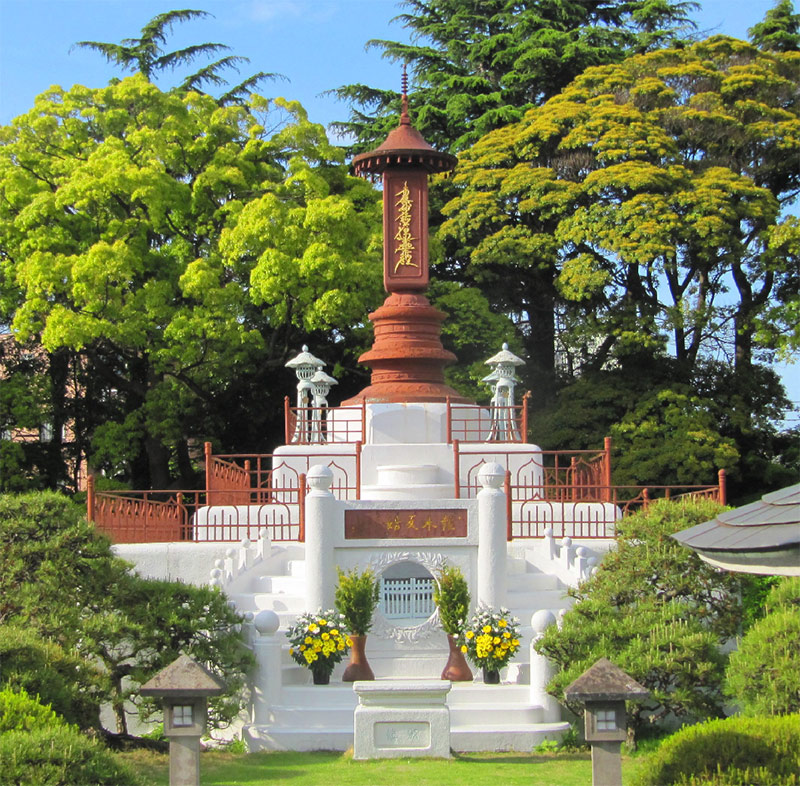
Of course, I do not think that Kenji was a dangerous nationalist. I believe that Kenji’s desire to love others may have led him to think “others before the individual,” and that he may have somehow communicated with a group of people who would later chant “100-million- Gyokusai.”
Religious Salad Bowl, ” Night On The Milky Way Train”
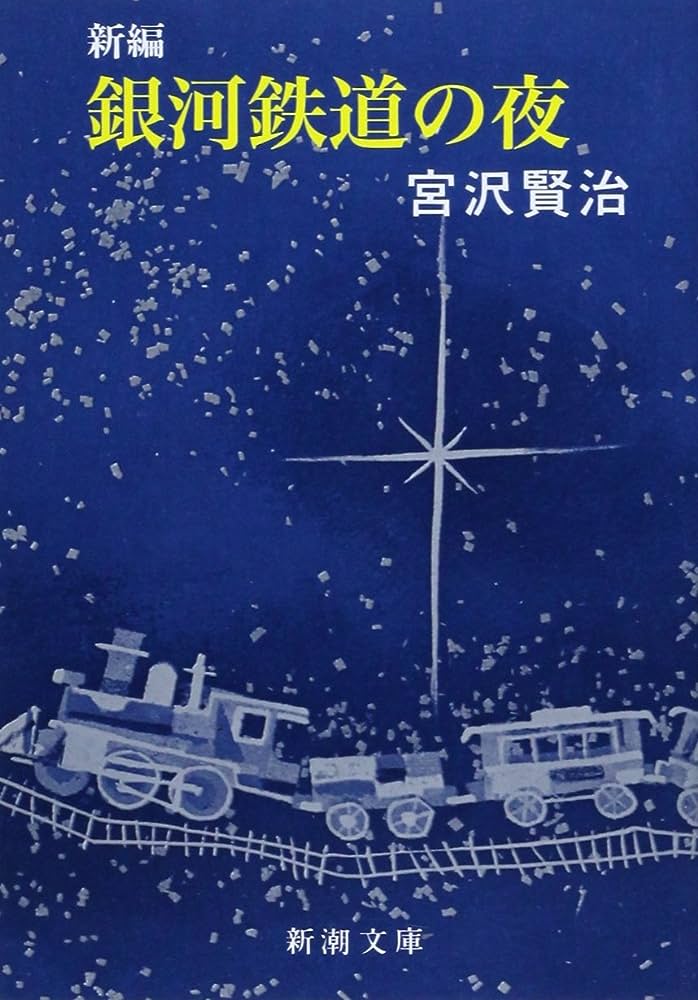
The story of a lonely boy, Giovanni, who travels on the Milky way train with his friend, Kam panela, is considered one of Kenji Miyazawa’s best-known fairy tales.
It is a very famous work that every Japanese has probably read at least one passage from.
Of course, Kenji’s religious views are fully incorporated in this fairy tale. And it is not limited to Buddhism, but extends to Christianity as well.
For example, “The Milky way train” is an interdimensional journey along the galaxy that begins with the Northern Cross and ends with the Southern Cross. There is also an episode called “Scorpion Fire” (sacrifice for the sake of others), which also has a strong Christian metaphor.
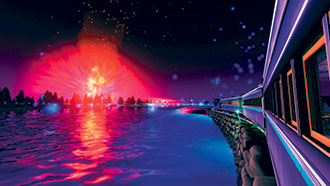
Or, a story reminiscent of the sinking of the Titanic is inserted in the middle of the film. Giovanni becomes friends with a group of drowned people who board the train one after another, including a governess and her brother. As time goes by, it is time for the sisters to get off the train. Giovanni is sad to say goodbye and asks the girls to stay on the train a little longer.
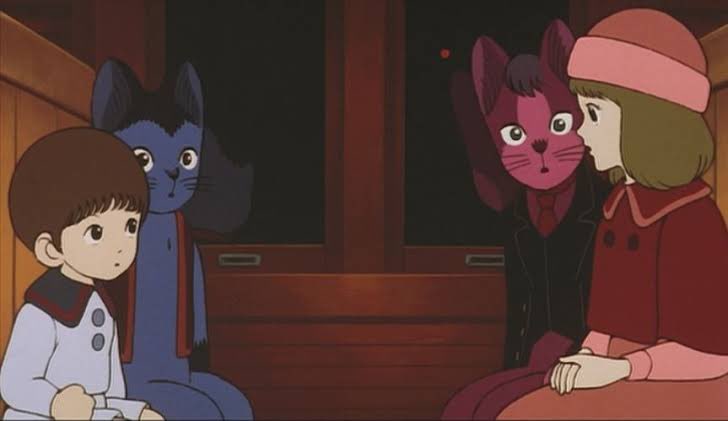
The girls said, “Actually, their mother is over there (the girls’ mother is already dead), and God says we have to go there.”
Giovanni: “Such a God is a God of lies.”
Girl: “It’s not a false god, the god you say is a false god.”
Tutor: “What is this [true God] you speak of?”
Giovanni: “I don’t really know.”
Kenji’s idea of “true happiness” transcends the boundaries of any one religion. Kenji did not adhere to any particular religion, but rather adopted a variety of ideas to create his own unique view of religion, which he sublimated to produce Night on the Milky way train.
I don’t know what happiness is. No matter how hard it is, if it is on the right path, every step up or down the mountain pass is a step closer to true happiness.
To reach the greatest happiness, all our sorrows are a sign of our intention.
So, what if sorrow has great value, and is also a calling?
The most important question is no longer, “What happened? The most important question is how we accept the event and how we live our lives.
Having been exposed to various religions, including Jodo Shinshu, Nichiren Shu, and Christianity, I feel that this work contains his own answer to the question, “Which teaching, then, will give us true happiness?
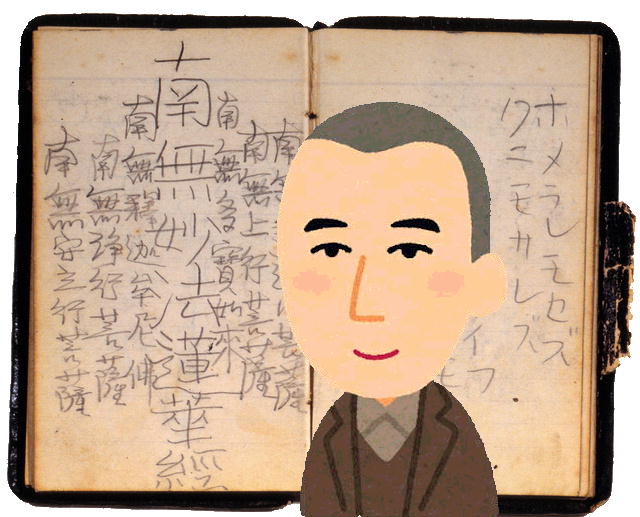
Conclusion: Introduction to Places to Visit for Kenji Miyazawa
These are the footprints of Kenji Miyazawa as a writer of children’s stories and as a religious man. There is a mountain of literature on him, and I do not think that this blog can possibly cover all of his religious views and thoughts. However, anyone living in Japan today, regardless of age or gender, must have been influenced by his writings on an unconscious level. Love of nature, love of others, and anguish in pursuit of “true happiness”…. It might be interesting to look for a little Kenji Miyazawa in the Japanese people you meet.
Finally, I would like to conclude by introducing some sightseeing spots related to Kenji Miyazawa in Iwate Prefecture, where he was born.
- Kenji Miyazawa Memorial Hall

The Kenji Miyazawa Memorial Museum opened in 1982 in Hu-Shiouzan, Hanamaki City, a place associated with Miyazawa. It is a facility where visitors can encounter the world of Kenji Miyazawa, which covers a wide variety of genres. Screen images and related materials are categorized into five fields, with explanations and displays of the creative process that led to his works and the latest research results. We invite you to experience the world of Ihatov in this newly renovated museum.
- Kenji Miyazawa Fairy Tale Village
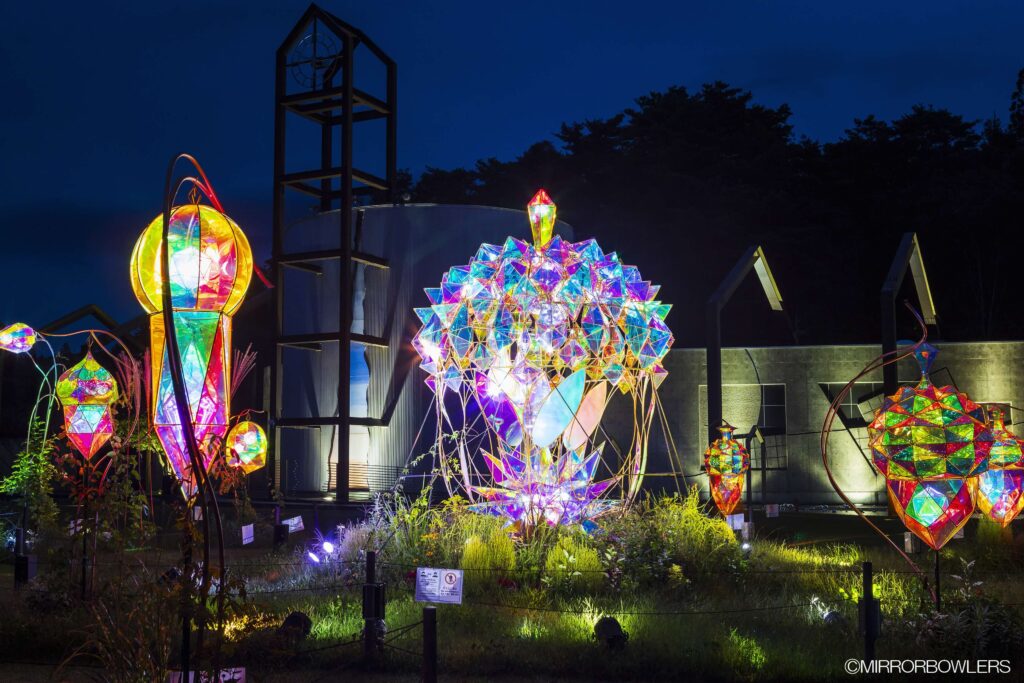
The Kenji Miyazawa Fairy Tale Village is a “learning” facility where visitors can enjoy learning in the world of Kenji’s fairy tales, where Giovanni, Matasaburo, and Wildcat seem to appear at any moment. There are “Ginga Station,” “Plaza in the Sky,” “Kenji’s Classroom,” “Fairy Alley,” “Owl Alley,” “Wildflower Garden,” and mainly “Kenji’s School. Inside Kenji’s School are five zones: “Fantasy Hall,” “Space,” “Sky,” “Earth,” and “Water. In addition, the log house exhibition facility “Kenji’s Classroom” has exhibits on “Plants,” “Animals,” “Stars,” “Birds,” and “Stones” that appear in the fairy tales. A visit to “Kenji’s School” takes about 15 minutes and “Kenji’s Classroom” about 30 minutes. If you wish to explore the Fairy Alley, Owl Alley, and Wildflower Garden in the surrounding forest, you will need more time. Please be sure to allow plenty of time for your visit.
- Kenji Miyazawa Ihatove Museum

The Ihatobukan is a facility for those who want to learn more about Kenji Miyazawa. In addition to numerous books and research papers on Kenji Miyazawa, the museum collects, organizes, and exhibits a variety of artistic works of various genres, allowing anyone to freely experience the world of Kenji Miyazawa. Animation screenings and special exhibitions are also held. It also houses the headquarters of the “Ihatove Center of the Kenji Miyazawa Society,” a plaza where lovers and researchers of Kenji’s people and works can interact and use the facility.
Source
Ranking of the Popularity of Japanese Modern Literature

What kind of person was Kenji Miyazawa?

Kenji and Buddhism

Religious views on Night on the Milky way train
Kenji Miyazawa Memorial Museum

Kenji Miyazawa Fairy Tale Village

Kenji Miyazawa Ihatov Museum


